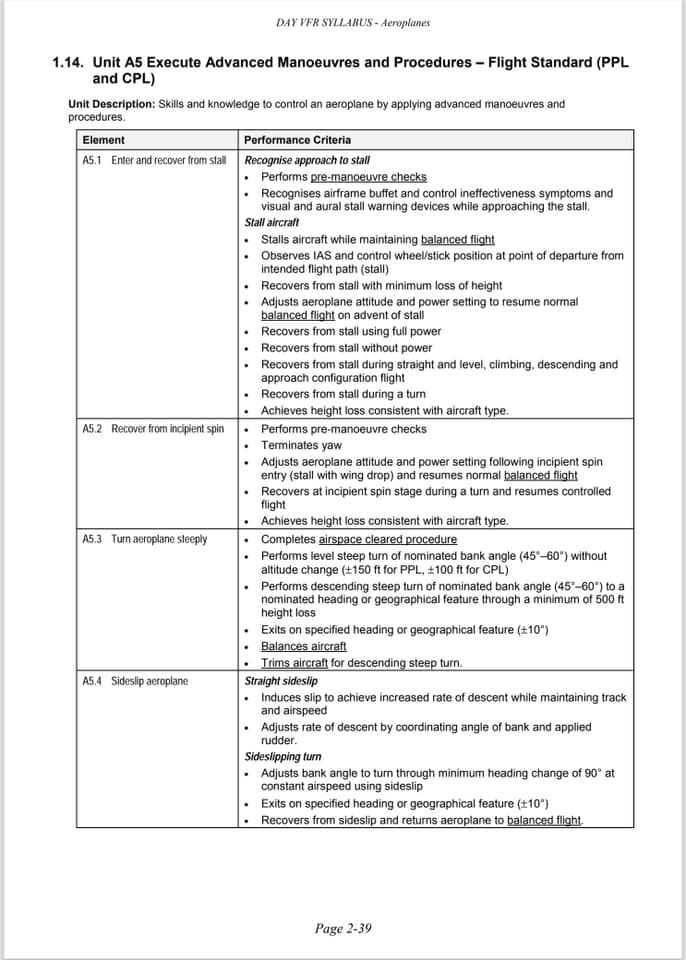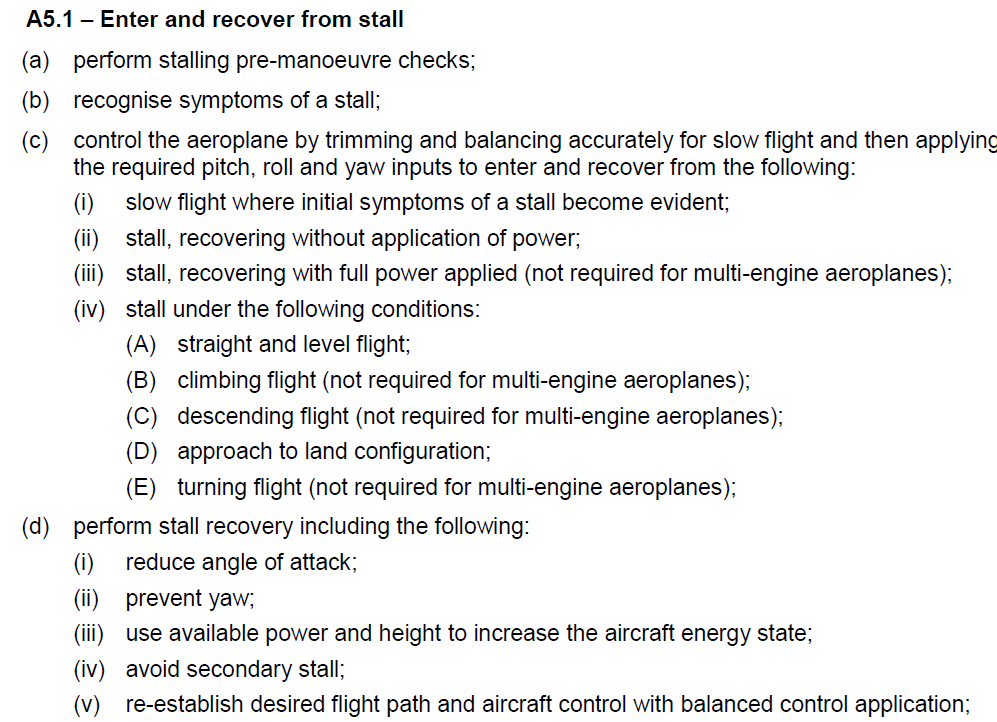For a very long time, until about 2020, CASA mandated incipient spin training as part of the basic training for RPL or PPL. They didn’t understand that an incipient spin is still a spin and requires an aircraft approved to conduct intentional spins.
When I did my flight instructor rating course in 1994 I was taught to demonstrate it to students by briskly applying full rudder at the stall. That is an intentional spin entry in a type not approved for intentional spins!


It is important to note that the people who undertake certification flight testing and write the bits about spinning in the POH define a spin as “a sustained autorotation at angles-of-attack above the stall.”
No wonder that too many instructors and their students have been killed in stall/spin accidents in Australia.
You may be interested in this short safety animation to highlight the importance of being practiced in stall and spin recovery techniques in general aviation aircraft:
I can’t help thinking about this whenever I’m asked to conduct spin training endorsements for flight instructor trainees.

The Part 61 MOS has a fairly broad scope of stall exercises however I don’t see many new instructors who are competent at them all? Too many do not know how to recover from a stall in a turn. They don’t know how to recover from a stall in a climb. Too many talk about “picking up a wing with rudder” rather than to “prevent yaw”. Too many do not know those “symptoms of a stall” as distinct from the standard instructor briefing of “symptoms of an approaching stall”.
Very few new flight instructors have experienced a stall in a skidding turn where there may be little or no symptoms of the approaching stall.
It seems to me that the focus of too many flight instructors is to simply teach the limited stall exercises required to pass the flight test.

One CASA officer told me about some applicants for a CPL who, when asked to demonstrate a stall, stated “Oh, we don’t do stalls in this type!”
Some aircraft types used in basic training are not permitted to perform accelerated stalls so how can they be used for stalls in turning flight? One type is limited to “normal stalls” – what does that actually mean? Do instructors understand those flight limitations in the POH?
How many new pilots are competent at the full suite of stalls per the Part 61 MOS? What stall scenarios are associated with inadvertent stalls with the risk of an accident?
How about amending the stall test activity for RPL, PPL & CPL to mandate a stall in a turn and a stall in a climb? At the same time, how about taking a good look at the suitability of some types for the training of pilots?